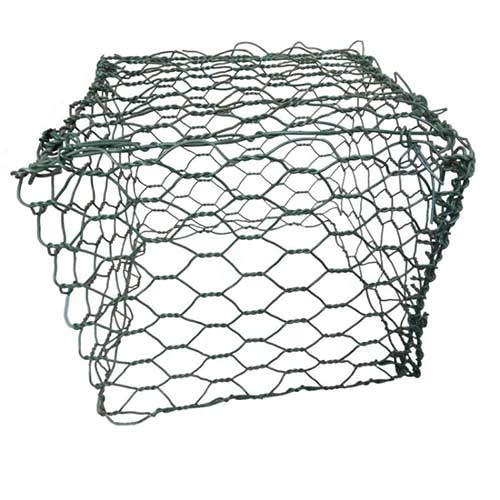-
 Phone:
Phone: -
 Email:
Email:

price of barbed wire fence
The Price of Barbed Wire Fencing An In-Depth Analysis
Barbed wire fencing has been a staple in agricultural and industrial settings for over a century. Its primary purpose is to deter intruders, control livestock, and safeguard property. While the benefits of barbed wire fencing are well-known, the pricing can vary significantly based on several factors, including material quality, gauge, installation costs, and regional market conditions. This article delves into these components to provide a comprehensive overview of the price of barbed wire fencing.
1. Material Quality and Type
The first factor influencing the price of barbed wire fencing is the quality of materials used. Barbed wire is typically made from steel, but there are variations that can alter the cost. For example, galvanized barbed wire, which is coated with zinc to resist rust, tends to be more expensive than non-galvanized options. High-tensile barbed wire, which has greater tensile strength and can endure extreme conditions, is also priced higher due to its durability.
On average, the price of standard galvanized barbed wire ranges from $0.10 to $0.30 per linear foot. However, prices can soar to $0.50 per linear foot or more for high-tensile or specialty barbed wire designed for specific agricultural needs. Therefore, selecting the right type of barbed wire is crucial to aligning the budget with the intended application.
2. Gauge and Design
The gauge and design of barbed wire significantly impact pricing. The gauge refers to the thickness of the wire, with lower gauge numbers indicating thicker wires. Thicker wires are generally stronger and more durable, making them suitable for more rigorous applications, but they also come with a higher price tag. For instance, a 12.5-gauge wire could cost more than a 14-gauge wire by approximately $0.05 to $0.10 per linear foot.
Additionally, the design of the barbs—such as spacing and shape—will influence costs
. Barbed wires with closely spaced or uniquely shaped barbs are often more expensive due to the increased complexity in manufacturing.3. Installation Costs
price of barbed wire fence

The cost of purchasing the barbed wire is only one part of the overall expenditure. Installation costs can significantly affect the total price. If a property owner chooses to install the fencing themselves, the initial investment will be lower, though it requires time and effort. However, hiring professional fencing contractors will increase the overall cost.
On average, professional installation can add between $1 to $3 per linear foot, depending on the complexity of the installation and the labor rates in the region. For extensive fencing projects, such as enclosing a large pasture, these costs can accumulate quickly.
4. Regional Variations
Notably, the price of barbed wire fencing can vary significantly by region due to factors such as local demand, availability of materials, and shipping costs. For instance, rural areas may experience lower prices owing to a reduced distance from suppliers, whereas urban locations might face higher costs due to transportation expenses and increased demand.
As a general rule, it’s advisable to compare prices from multiple suppliers before making a purchase. Local agricultural co-ops or hardware stores can sometimes offer competitive pricing and discounts for bulk purchases, making it beneficial to explore different purchasing options.
5. Long-Term Investment
While the initial cost of barbed wire fencing might seem daunting, it's essential to consider it as a long-term investment. High-quality barbed wire can last for decades with proper maintenance, making it a cost-effective choice in the long run. Regular inspections and maintenance can prevent rust and wear, prolonging the life of your fence and reducing replacement costs.
Conclusion
In summary, the price of barbed wire fencing can fluctuate based on material quality, gauge, installation costs, and regional market dynamics. Property owners must consider their specific needs, budget, and the long-term value of their investment when deciding on the type and amount of barbed wire fencing to purchase. By understanding these factors, consumers can make informed decisions that align with their fencing objectives and budgetary constraints, ensuring their investments serve their intended purposes effectively.
-
Wire Mesh for Every Need: A Practical SolutionNewsJul.25,2025
-
Steel Fences: Durable, Secure, and Stylish OptionsNewsJul.25,2025
-
Roll Top Fencing: A Smart Solution for Safety and SecurityNewsJul.25,2025
-
Cattle Farm Fencing Solutions for Maximum SecurityNewsJul.25,2025
-
Affordable Iron Binding Wire SolutionsNewsJul.25,2025
-
Affordable Galvanized Wire SolutionsNewsJul.25,2025
-
Wire Hanger Recycling IdeasNewsJul.25,2025








